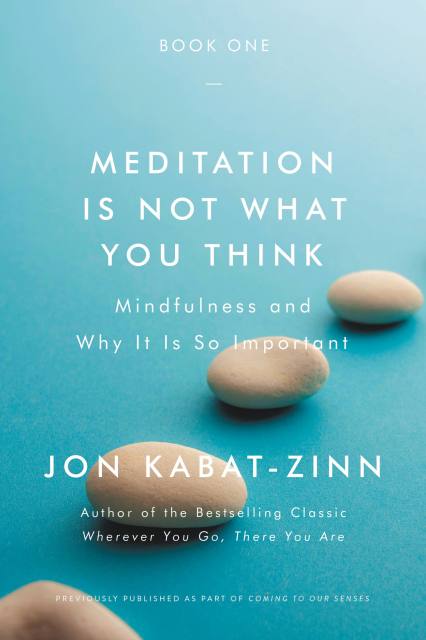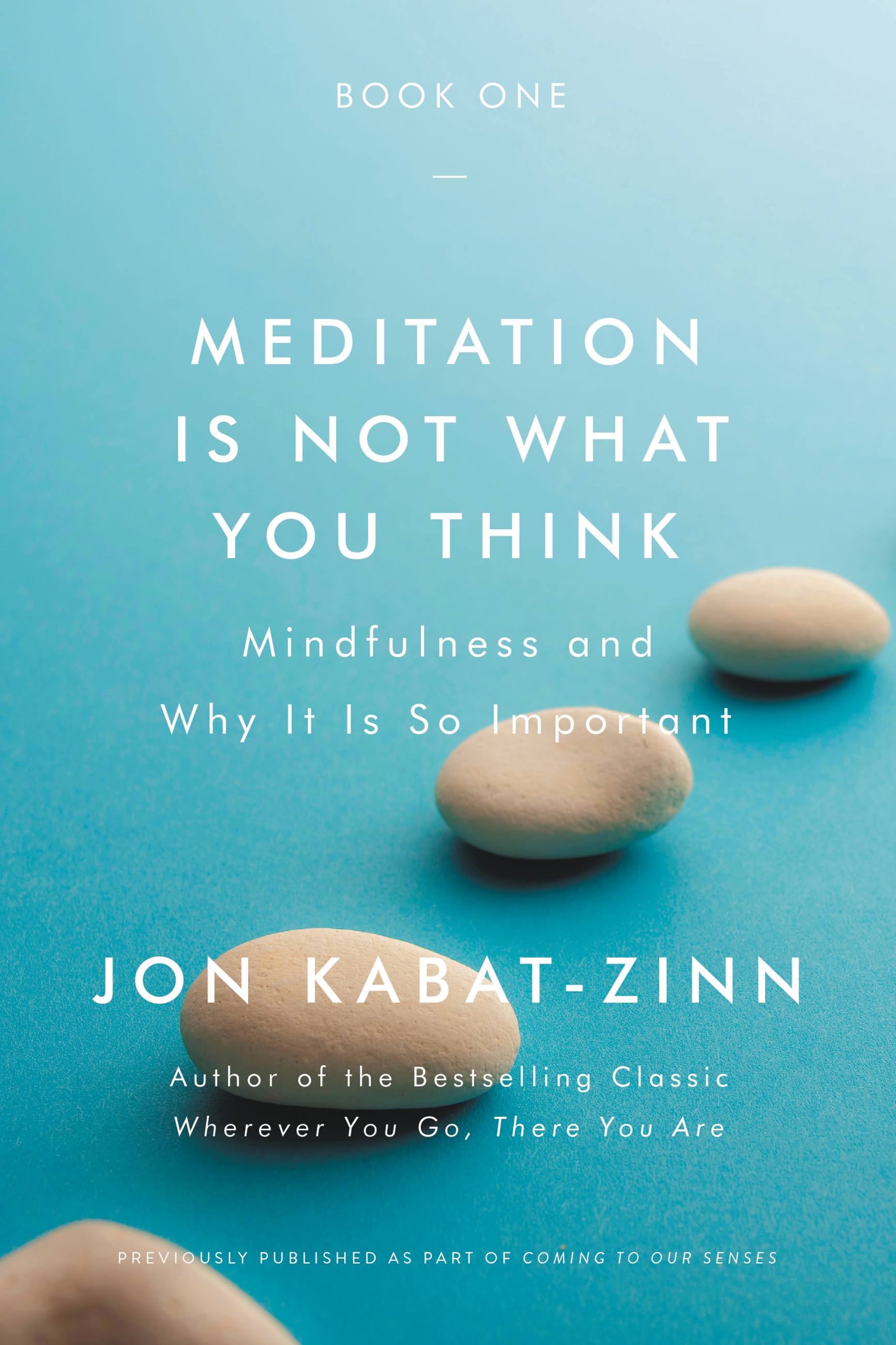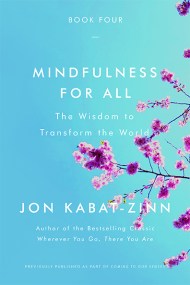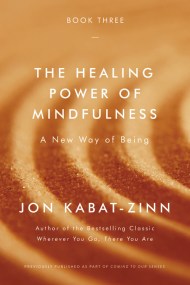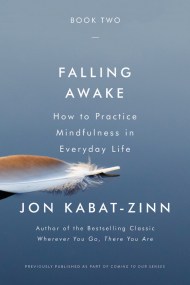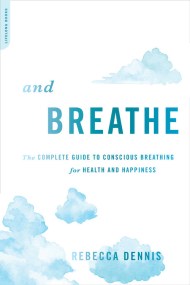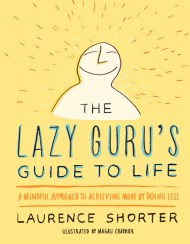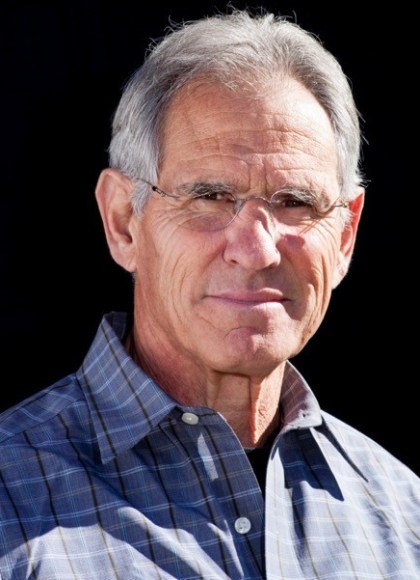Promotion
Use code MOM24 for 20% off site wide + free shipping over $45
Meditation Is Not What You Think
Mindfulness and Why It Is So Important
Contributors
Formats and Prices
Price
$9.99Price
$11.99 CADFormat
Format:
- ebook $9.99 $11.99 CAD
- Audiobook Download (Unabridged)
- Trade Paperback $17.99 $22.99 CAD
This item is a preorder. Your payment method will be charged immediately, and the product is expected to ship on or around May 1, 2018. This date is subject to change due to shipping delays beyond our control.
Also available from:
Jon Kabat-Zinn is regarded as “one of the finest teachers of mindfulness you’ll ever encounter” (Jack Kornfield). He has been teaching the tangible benefits of meditation in the mainstream for decades. Today, millions of people around the world have taken up a formal mindfulness meditation practice as part of their everyday lives. But what is meditation anyway? And why might it be worth trying? Or nurturing further if you already have practice?
Meditation Is Not What You Think answers those questions. Originally published in 2005 as part of a larger book entitled Coming to Our Senses, it has been updated with a new foreword by the author and is even more relevant today. If you’re curious as to why meditation is not for the “faint-hearted,” how taking some time each day to drop into awareness can actually be a radical act of love, and why paying attention is so supremely important, consider this book an invitation to learn more — from one of the pioneers of the worldwide mindfulness movement.
Genre:
- On Sale
- May 1, 2018
- Page Count
- 240 pages
- Publisher
- Hachette Books
- ISBN-13
- 9780316522021
Newsletter Signup
By clicking ‘Sign Up,’ I acknowledge that I have read and agree to Hachette Book Group’s Privacy Policy and Terms of Use
